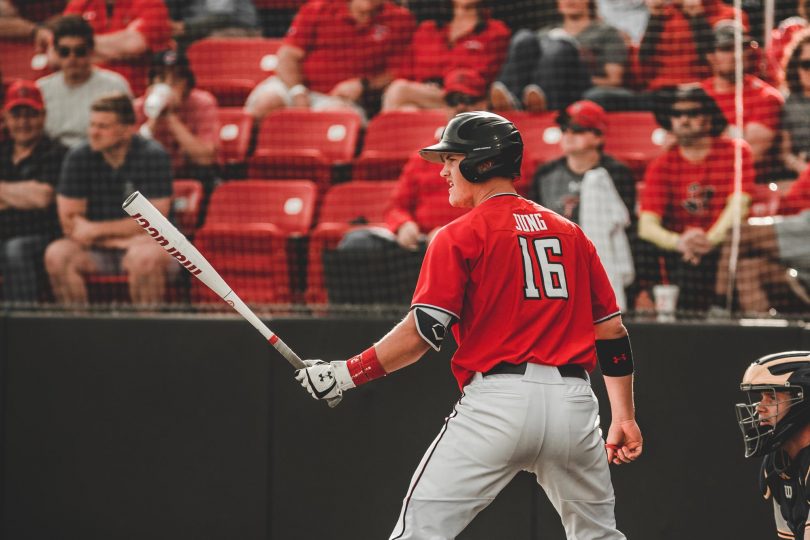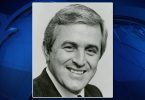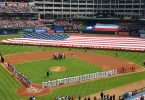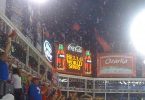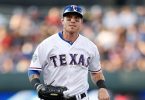Though I confess to harboring a hardy spirit for adventure—I did, after all, once accept a job for a newspaper in Wichita – I can’t fathom the weighty forces that descend upon a high schooler selected prominently in the MLB Draft.
How do you go from the adulation of draft night to a rookie ball team, making $290 a week, six rungs removed from the major leagues?
How do you go from dancing at the prom to riding a bus for eight hours with teammates who may or may not be speaking your language?
Some don’t, of course. Some do the math and would rather spend their most formative baseball years in college, sitting in classrooms with coeds and traveling to games on the school’s plane.
College baseball, admittedly, is an acquired taste for some. Either you embrace the perfect imperfection of the college game and accept that some 20-year-old pitchers can’t find the strike zone with Google Maps, or you don’t.
At its best – which suggests all the Power Five conferences, except the slow-thawing Big Ten – college baseball is said to be enhanced with High-A and Double-A quality talent.
TCU, which finished in the middle of the Big 12 pack this season, saw two of its starting pitchers drafted Monday night in the first two rounds. Could Nick Lodolo and Brandon Williamson pitch right now at High-A for the Reds and Mariners organizations, respectively? Not likely. The game is more nuanced at the professional level.
But I like their odds of reaching the majors over many of the sundry teenagers who are being drafted this week.
Applause is in order for the Texas Rangers, therefore, who finally tried something different Monday night. They went back to college for their first three picks.
Texas Tech’s Josh Jung, drafted No. 8 overall, brings a mature approach and a polished hitting tool. The Red Raiders used him at both third base and shortstop.
TCU fans will recall Davis Wendzel, selected by Texas in the 41st spot, as the Baylor guy with the long hair and the woolly beard. The guy who was on base all the time.
And Ryan Garcia was simply the best pitcher on the No. 1-ranked college team in the nation, UCLA.
There are studies that endeavor to track the efficacy of the draft-high schoolers versus draft-collegians philosophies. The algebra clearly skews in favor of drafted college players one day reaching the major leagues.
Some of baseball’s current best never spent a day in a college dugout, of course. Mike Trout had committed to East Carolina. Joey Gallo was going to play at LSU, where he would have been a teammate with Alex Bregman.
Cody Bellinger committed to Oregon, before he was drafted in the fourth round and signed with the Dodgers. Teammate Clayton Kershaw was ticketed for Texas A&M.
Baseball scouts have a futile job. What, besides a radar gun or a batting average, can project how good an 18-year-old will be in five or six years?
More to the current-day point, how can they tell if those teenage arms are going to break down?
Baseball is the most maddening of the big three pro drafts. There are no plug-and-play Zions in baseball. And can you imagine the Cowboys drafting seven rounds, and then waiting five years to see if any of them even makes the team?
But by drafting college players, at least MLB teams – and their fans — get a broader hint.
Jake Arrieta, David Price, Stephen Strasburg, Trevor Bauer, Mike Minor – they all played for quality college programs and regularly competed against each other on national TV.
The Rangers are said to be loaded with organizational talent in the lower levels of their minor league system. All the more reason to draft a few guys who may be able to skip the rookie ball line.

